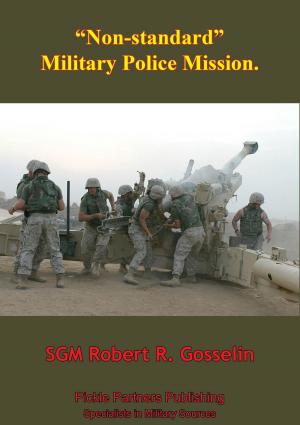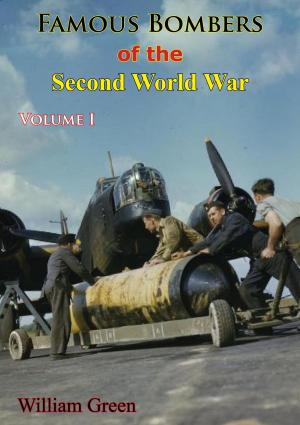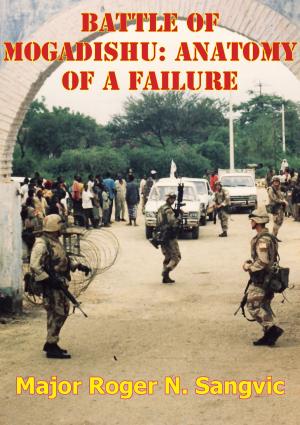Biplanes and Bombsights: British Bombing in World War I
Nonfiction, History, Military, World War I, Germany, British| Author: | George K. Williams | ISBN: | 9781786250254 |
| Publisher: | Tannenberg Publishing | Publication: | November 6, 2015 |
| Imprint: | Tannenberg Publishing | Language: | English |
| Author: | George K. Williams |
| ISBN: | 9781786250254 |
| Publisher: | Tannenberg Publishing |
| Publication: | November 6, 2015 |
| Imprint: | Tannenberg Publishing |
| Language: | English |
This study measures wartime claims against actual results of the British bombing campaign against Germany in the Great War. Components of the Royal Naval Air Service (RNAS), the Royal Flying Corps (RFC), and the Royal Air Force (RAF) conducted bombing raids between July 1916 and the Armistice. Specifically, Number 3 Wing (RNAS), 41 Wing of Eighth Brigade (RFC), and the Independent Force (IF) bombed German targets from bases in France. Lessons supposedly gleaned from these campaigns heavily influenced British military aviation, underpinning RAF doctrine up to and into the Second World War.
Fundamental discrepancies exist, however, between the official verdict and the first-hand evidence of bombing results gathered by intelligence teams of the RAF and the US Air Service. Results of the British bombing efforts were demonstrably more modest, and costs in casualties and wastage far steeper, than previously acknowledged. A preoccupation with “moral effect” came to dominate the British view of their aerial offensives. Maj Gen Hugh M. Trenchard played a pivotal role in bringing this misperception to the forefront of public consciousness.
After the Armistice, the potential of strategic bombing was officially extolled to justify the RAF as an independent service. The Air Ministry’s final report must be evaluated as a partisan manifestation of this crusade and not as a definitive final assessment, as it has been mistakenly accepted previously.
This study develops and substantiates a comprehensive evaluation of British long-range bombing in the First World War. Its findings run directly counter to the generally held opinion. Natural limitations, technical shortfalls, and aircrews lacking proficiency acted in concert with German defenses to produce far less results than those claimed.
This study measures wartime claims against actual results of the British bombing campaign against Germany in the Great War. Components of the Royal Naval Air Service (RNAS), the Royal Flying Corps (RFC), and the Royal Air Force (RAF) conducted bombing raids between July 1916 and the Armistice. Specifically, Number 3 Wing (RNAS), 41 Wing of Eighth Brigade (RFC), and the Independent Force (IF) bombed German targets from bases in France. Lessons supposedly gleaned from these campaigns heavily influenced British military aviation, underpinning RAF doctrine up to and into the Second World War.
Fundamental discrepancies exist, however, between the official verdict and the first-hand evidence of bombing results gathered by intelligence teams of the RAF and the US Air Service. Results of the British bombing efforts were demonstrably more modest, and costs in casualties and wastage far steeper, than previously acknowledged. A preoccupation with “moral effect” came to dominate the British view of their aerial offensives. Maj Gen Hugh M. Trenchard played a pivotal role in bringing this misperception to the forefront of public consciousness.
After the Armistice, the potential of strategic bombing was officially extolled to justify the RAF as an independent service. The Air Ministry’s final report must be evaluated as a partisan manifestation of this crusade and not as a definitive final assessment, as it has been mistakenly accepted previously.
This study develops and substantiates a comprehensive evaluation of British long-range bombing in the First World War. Its findings run directly counter to the generally held opinion. Natural limitations, technical shortfalls, and aircrews lacking proficiency acted in concert with German defenses to produce far less results than those claimed.
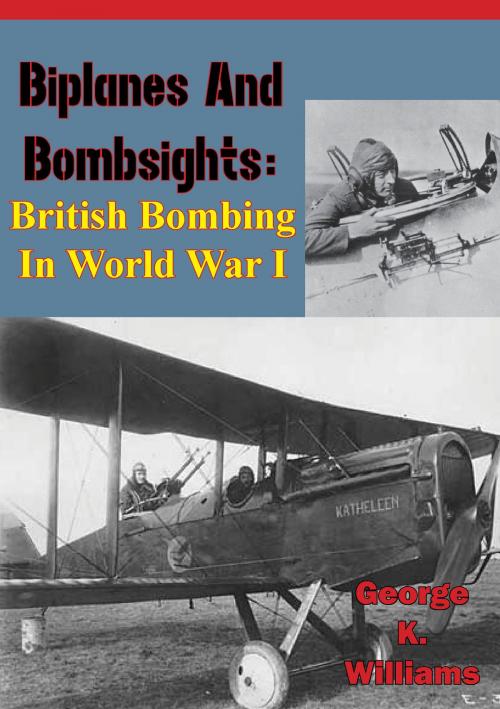
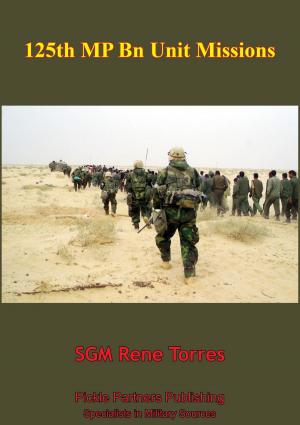
![Cover of the book Strategy For Defeat: The Luftwaffe, 1933-1945 [Illustrated Edition] by George K. Williams](https://www.kuoky.com/images/2015/november/300x300/9781786257703-egzS_300x.jpg)

![Cover of the book Africa To The Alps: The Army Air Forces In The Mediterranean Theater [Illustrated Edition] by George K. Williams](https://www.kuoky.com/images/2014/august/300x300/9781782898894-lBne_300x.jpg)



